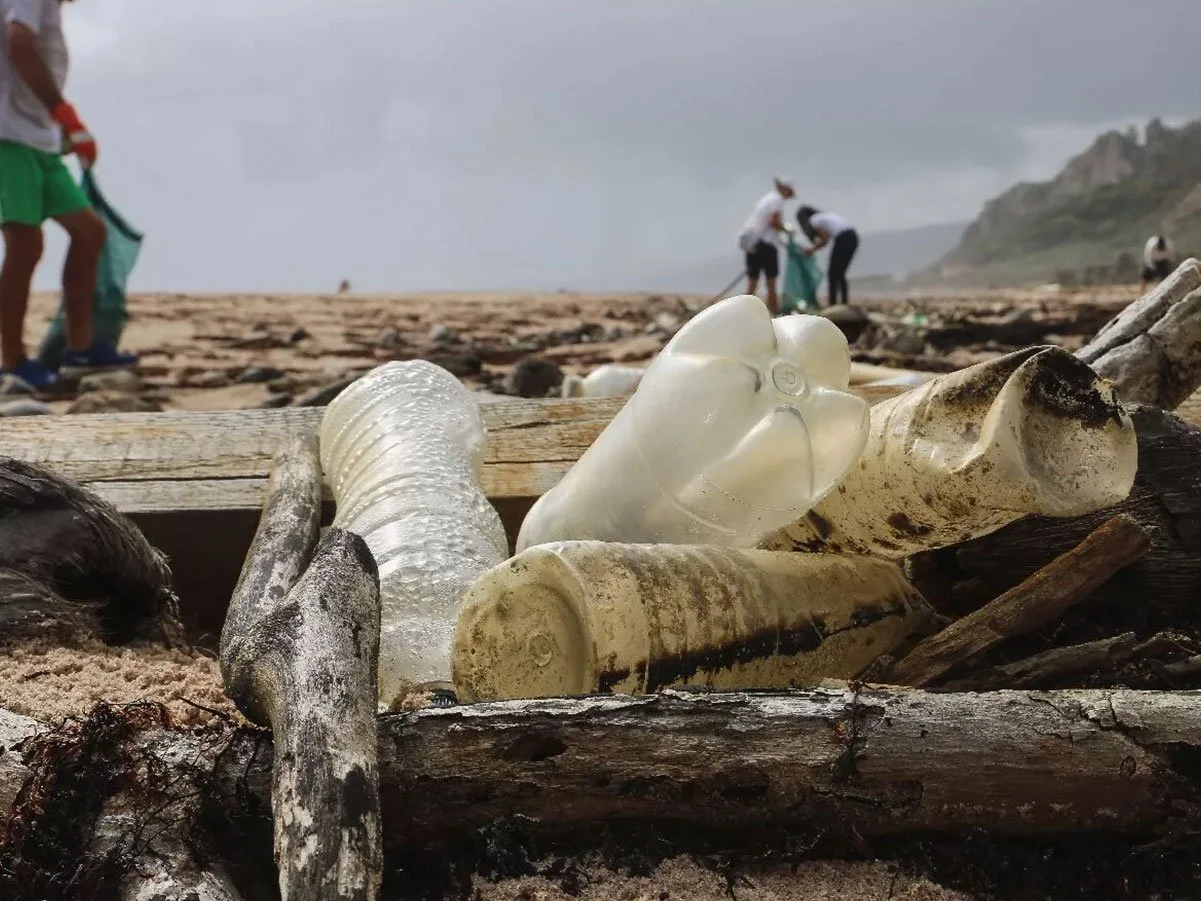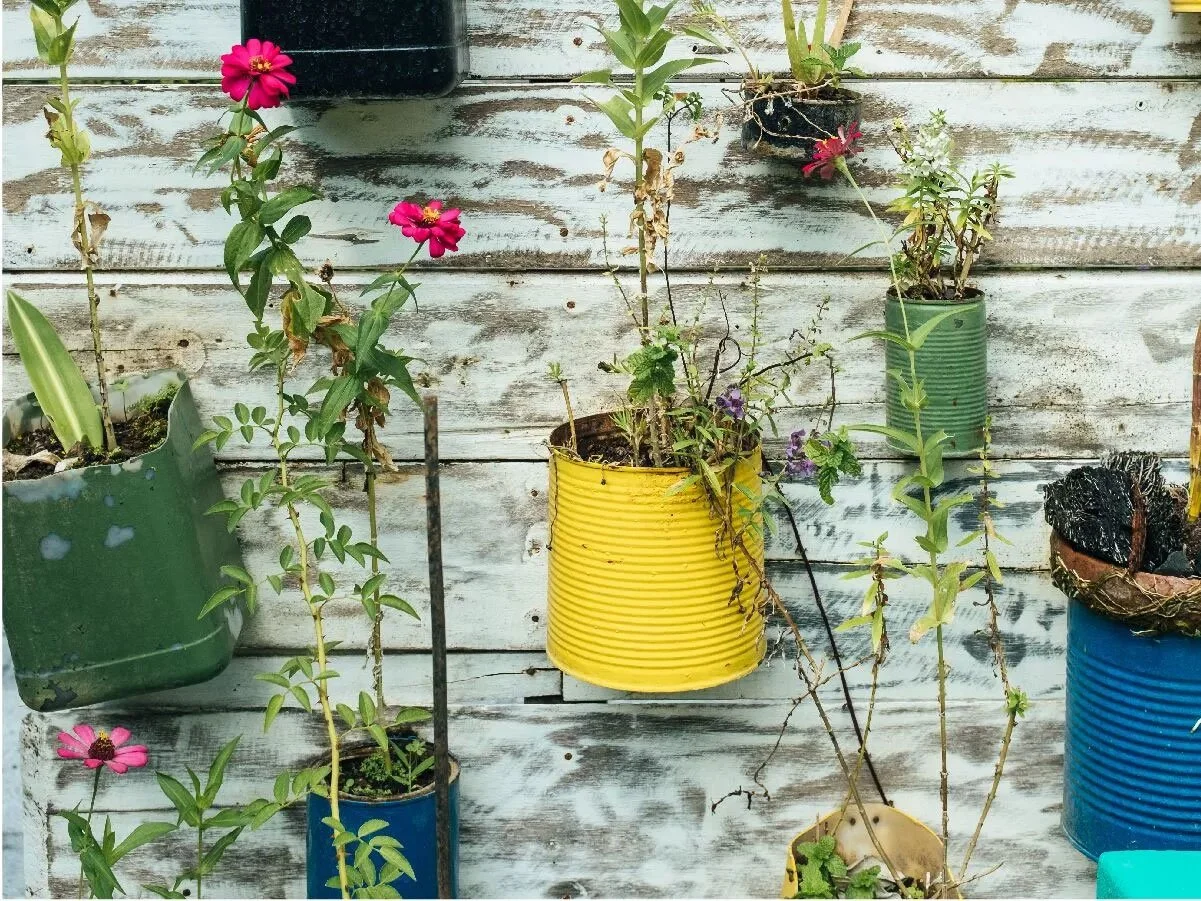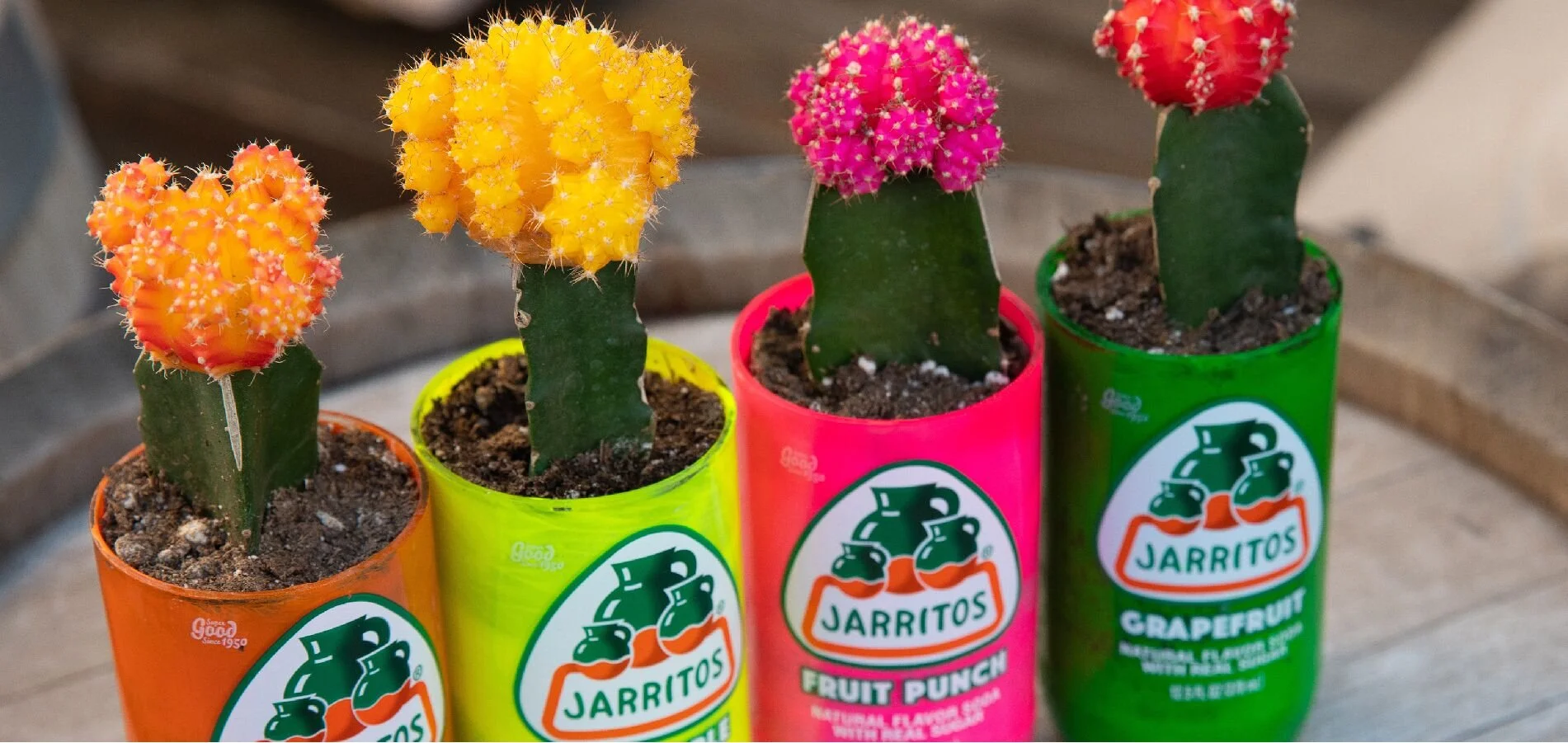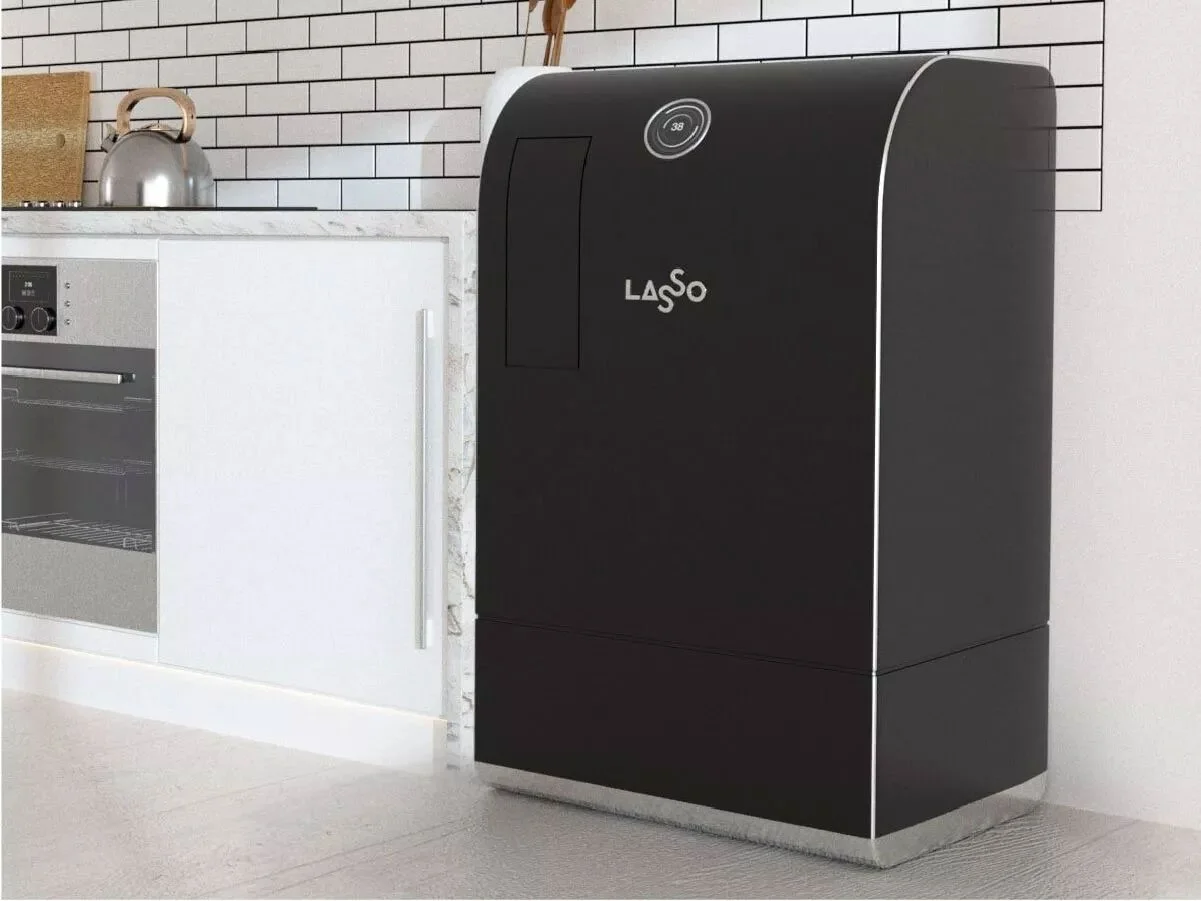When Design Meets Trash: Good Things Can Happen
Reality Check.
We are in the middle of a crisis. A global crisis surrounding plastics, recycling, pollution, and global warming, and the fact of the matter is that very little waste gets recycled. Although recycling is extremely valuable, only about 69 million tons of waste is recycled out of the 300 million tons of waste generated each year, according to the Environmental Protection Agency (EPA).
Currently, the United States is the world leader in producing solid waste and the volume of single-use plastics, which has only worsened during the COVID-19 pandemic.
This problem seems overwhelming, and it is, but there are many efforts, both large and small, already working toward a greener future.
How Can You Do Your Part Right Now?
Whether you are reading this as a consumer or as an executive (or maybe both,) I urge you to remind yourself of the 5Rs of sustainability:
Refuse. Ask yourself, do you really need this? Opt for reusable products instead of single-use to help reduce the amount of plastic waste that ends up in our landfills and oceans.
Reduce. Making products, machines, vehicles, etc., more efficient. From energy consumption to material usage to procuring virgin plastics, reducing waste and increased efficiency directly correlates to reducing CO2 emissions.
Reuse. Upcycle or return the product to the manufacturer so that they can safely disassemble and repurpose the materials. Don’t know if the manufacturer takes recycled products? Google is your best friend.
Repurpose. Rethink before you throw something away that will end up in a landfill or, worse, floating in the ocean. Even contaminated plastics can be compounded and repurposed for building materials such as low-grade traffic cones.
Recycle. It’s the holy grail of waste reduction, but it’s difficult and expensive. The current infrastructure does not separate recyclable materials, and municipal recycling facilities (MRF) are not able to deal with the volume of non-recyclable waste. We must improve our recycling system in the United States to be effective and sustainable.
Business Big and Small Taking The Lead
In our current series of podcasts, Hunting for Novosparkus, we meet with thought leaders and industry executives to discuss the innovative solutions being developed to lessen the environmental impact of their products and services. Here are a few inspiring examples:
Demetrius Romanos, SVP of Design & Development at Ergobaby, explains how their buy-back policy enables parents whose child has outgrown their carrier to repurpose this soft-good item. Rather than throwing it into a landfill, the company saves 96% of energy use, 95% of water use, and 84% of CO2.
Sophie Liu at Loop, the zero-waste return/reuse packaging platform for brands, is outpacing its growth projections in the U.S. and is on track to go global in the coming years. It removes the action of “disposing of,” creating a deposit and return system, which can bring significant environmental benefits when scaled.
Mike Smith, an entrepreneur from New South Wales, Australia, is harvesting ocean waste & plastic to make refillable and reusable packaging with his company, Zero Co. Each empty cartridge is returned and refilled for the following use. Like we used to enjoy with the milkman, a direct-to-consumer service enables Zero Co to close and control the loop.
Gaurav MK Wali, a design graduate from the National Institute of Fashion Technology in Kangra, India, created the Cheer Project. Gaurav is looking at replacing plastic by converting pine needles with cellulose into beautiful, functional, and decorative desk objects. Gaurav’s genius is a double win for the environment because the harvesting of the pine needles from arid forest floors can reduce forest fires’ hazards. Plus, the final product is then compostable/biodegradable.
Architect Daniel Smith, Vice President of WSP Architecture, gives some very compelling examples about innovation and sustainability. In addition to improving the efficiency and energy consumption of a building, the building trade is actively procuring building materials from sustainable sources: for instance, timber pillars and joists, grown from replanted and replenished forests, are structurally sound, have a smaller carbon footprint than steel and concrete, and are quick and easy to handle. (releasing in May)
Industry Level Change Is Possible With ED
In our last podcast episode of this season, releasing in May, we chatted with Alan Blake, former Associate Director of Global Packaging: Sustainability & Innovation at P&G. He argues that we should all be creating and buying recycled/reused/repurposed/recomposed (EDs.)
It’s simple. The use of recycled materials, reused packaging, or repurposed content will have far more impact on the environment than recyclable materials alone. This is specifically important for larger industries and corporations that can influence how the general public works to close the loop. By using the ED versions, you contribute to closing the loop by adding zero waste to the waste system.
Plus, by creating a demand for recycled content, you are making a viable economy for waste materials to be recycled, something that isn’t a financially attractive proposition today. In 2017, the average cost to produce virgin PET was around $0.52–0.56 per pound, whereas it cost about $0.60–0.65 per pound to process and produce rPET, according to the International Bottled Water Association (IBWA.)
In order to comply with the created demand, companies will need to apply sustainable practices and principles to procurement. Procurement, along with sustainability, is all about value, as long as that value is measured in more than just money. Sustainability runs through the heart of procurement—it is not only in the best interest of customers and the environment, but also makes processes more efficient and less costly.
Change in the Making
In the future, we, the consumers, will influence recycling economics even more by doing our own recycling. One great example of successful sustainable innovation is Lasso. Lasso is another Australian start-up venture that recently won the Best Sustainability Product at CES 2021. Lasso is a domestic appliance, almost like a dishwasher, that accepts seven material types, including glass, plastic, and aluminum. You submit an empty bottle, and a series of cameras and sensors figure out whether it is recyclable. Approved items are then cleaned, ground down, and organized in separate containers. Once these containers are complete, you’ll be able to open a smartphone app and schedule a curbside collection. Because the materials have already been processed, they can skip the recycling center and go straight to companies with the expertise to turn them into brand new products. It turns trash into cash.
Another new technology that will surely become mainstream soon is distributed recycling and additive manufacturing (DRAM). This will allow people to recycle waste plastic directly by 3D-printing it into valuable products at a fraction of their typical cost. People are using their own recycled plastic to make decorations and gifts, home and garden products, accessories and shoes, toys, games, sporting goods, and gadgets from millions of free designs.
In Conclusion
We are still in a crisis—a global crisis surrounding plastics, recycling, pollution, and global warming. But not to fear, we all have the power to change that. With new, advanced technology and broader awareness of the plastic waste crisis, we are on the right track to a waste-free world. Many factors must work together to help close the loop of recycling and increase sustainability within our world. Companies, consumers, and industries alike all have their own part to play in closing this loop. Sustainability needs to run through the heart of procurement: buying the EDs versus the ABLEs. There is a vast amount of fertile growth at the intersection of sustainability and design, and this will continue to require more attention and investment. The recycling process and sustainability will get easier when we push this agenda to the forefront by creating demand! We may be at the edge of a crisis, but we also have the power to see its end.
Ronald De Vlam
It’s perhaps a strange trait, but Ronald looks for problems...so that he can solve them. Always observing, feeling, and listening helps contextualize the issues. Ronald sketches, prototypes and likes to find consensus when making things better. Because there is always a middle ground between the softer, emotional needs reconciled with the business and commercial realities. That's where you’ll find Ronald writing his blogs. Ronald loves sailing, making things out of wood but he hates losing at tennis which he does with great frequency.






